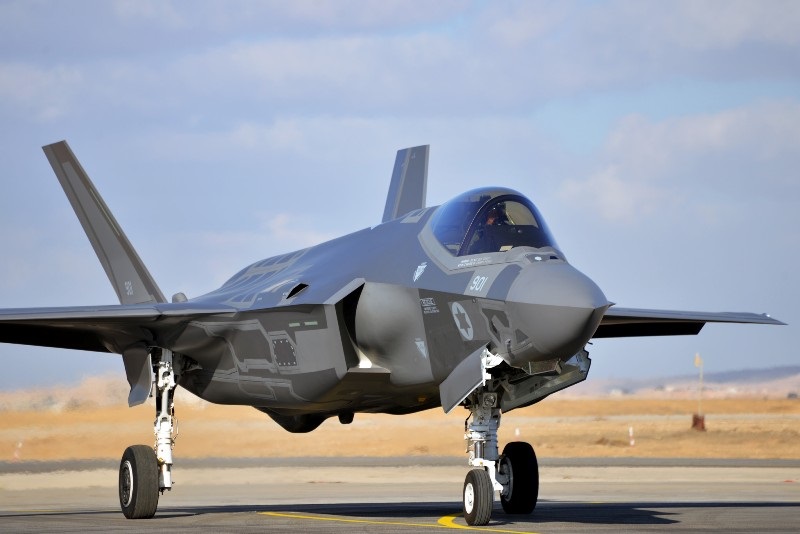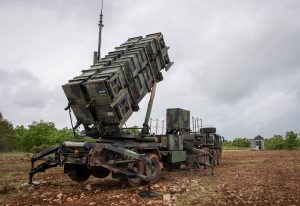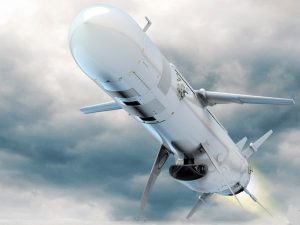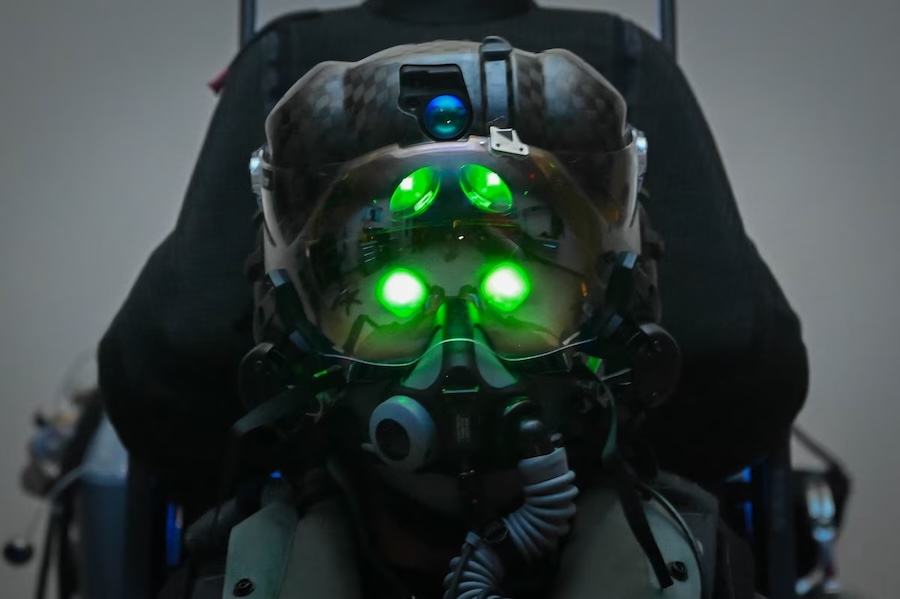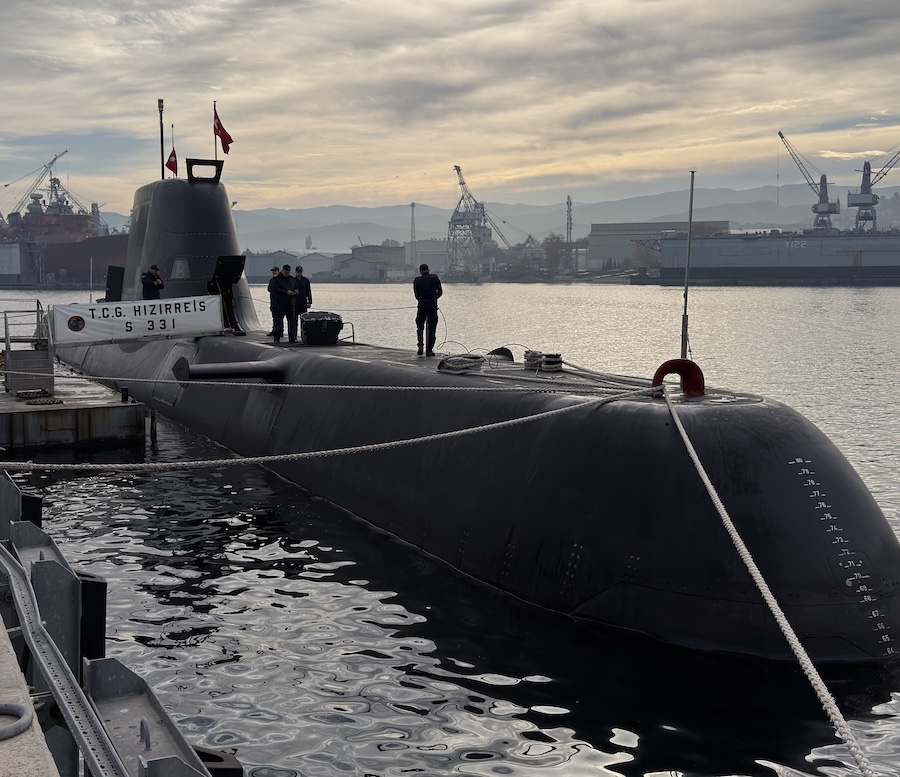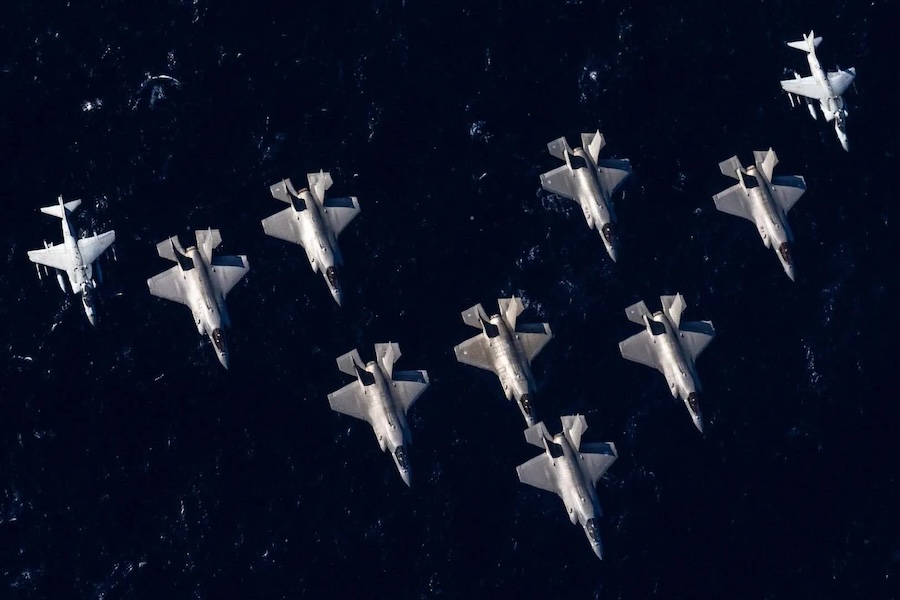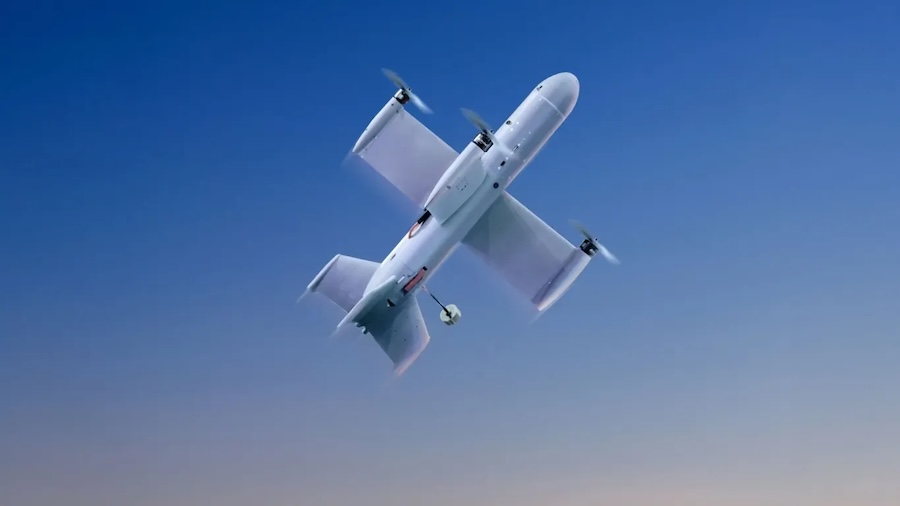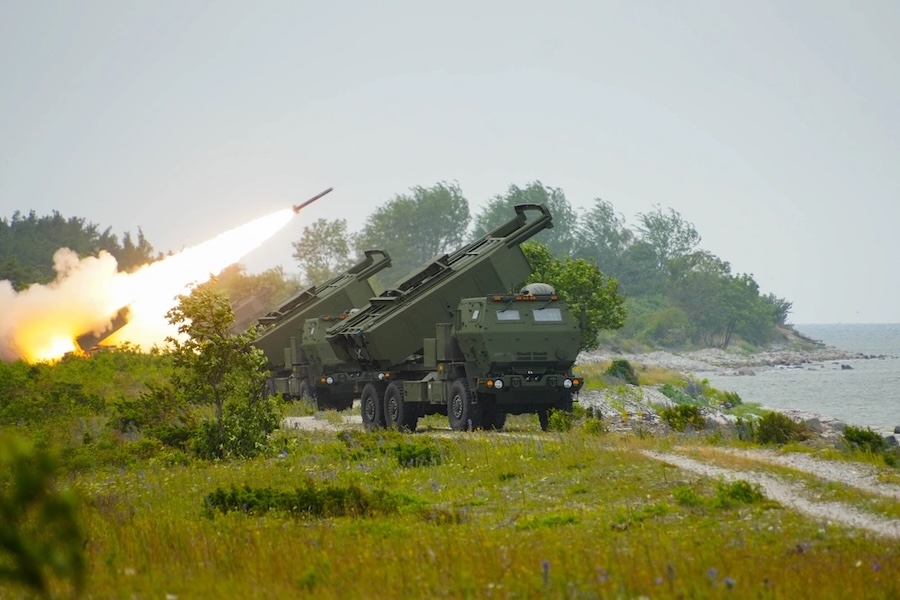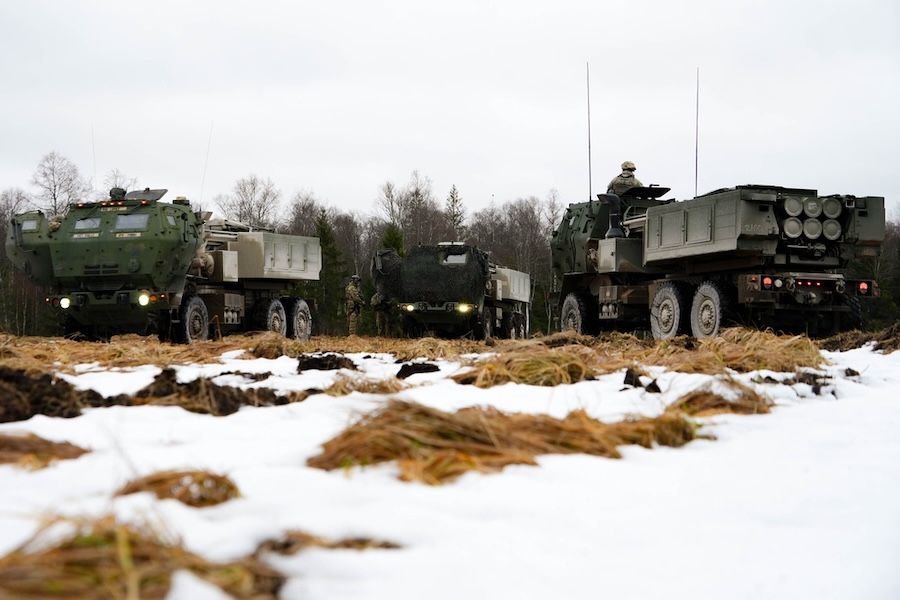A key element in the operation was the use of Israel’s MPR 500 penetration bomb, developed by Elbit Systems and deployed by the Israeli Air Force. This 500-pound bomb, designed to pierce one metre of reinforced concrete, was dropped from F-15 and F-16 aircraft with high accuracy.
Equipped with JDAM guidance kits, the MPR 500 is a precision-guided weapon capable of being launched tens of kilometres from the target. With 26,000 controlled fragments and a kill area of 2,200 square metres, it proved instrumental in neutralising hardened Iranian targets.
Elbit Systems’ performance in the operation reflected in a sharp market response, with its shares rising 5.43% in New York and 5.94% on the Tel Aviv Stock Exchange. The success of the company’s munitions confirmed their status as key components in modern air-to-ground warfare.
Lockheed Martin’s F-35 fighter jets, also used in the operation, delivered what was described as an “impressive” performance. These aircraft participated in the initial strikes, while F-16 jets supported attacks on sites such as the uranium enrichment facility at Natanz.
Despite a recent US decision to reduce its 2026 F-35 procurement, Lockheed Martin shares climbed 2.77% on Friday to $468.30, a gain attributed to the combat effectiveness shown during the Israeli airstrikes. The performance of these platforms reinforced their operational value in complex strike missions.
According to Defense News, the United States and Jordan also contributed to intercepting Iranian missile threats aimed at Israel. A US defence official confirmed the assistance, though without detailing the systems used, while reports suggest the deployment of THAAD and Patriot systems.
Two US Navy destroyers were moved to the Eastern Mediterranean by US European Command as part of a broader response. With recent reinforcements, US troop levels in the region are expected to increase from 30,000 to approximately 40,000.
Jordan also played a significant role by intercepting UAVs and missiles that entered its airspace. The Jordanian Army stated, “The UAVs were intercepted because they had entered Jordanian territory,” emphasising that the response was intended to protect civilian areas and secure national borders on all fronts.
Source: Globes.



